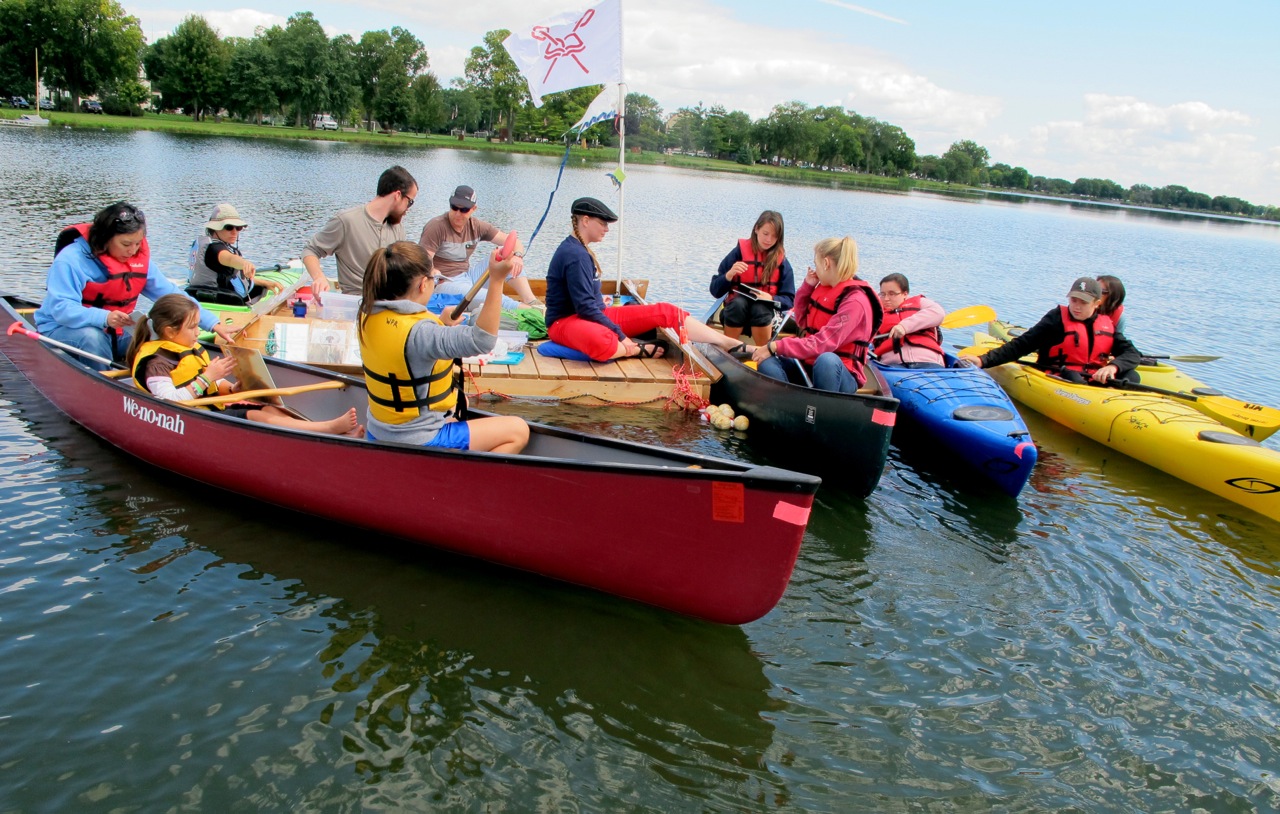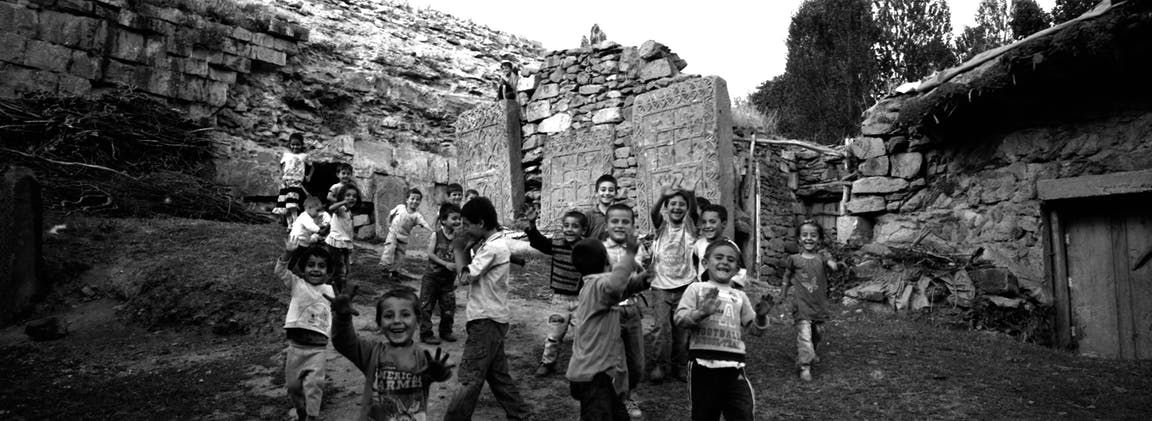
Solo artists find new opportunities with Knight Arts Challenge funds
One of the unique things about the Knight Arts Challenge is that it provides funding to individual artists, so that they can help make their ideas a reality. For some, it’s an opportunity to get the supplies or training they need For others, the funding and acknowledgement opens doors to new opportunities. As Knight Foundation continues to accept applications for the Knight Arts Challenge through April 28, I spoke to several recent arts grant winners about their experiences and how the Knight Foundation helped make their dream projects a reality.
New Opportunities for Solo Artists
Photographer Shane Wynn’s Knight-funded #overlooked project focuses on images of women posing in underutilized spaces around Akron – warehouses, defunct businesses, and other buildings that have fallen into disuse or disrepair. The hope is that the photos will encourage people to take ownership and transform these spaces.
“I’m a mother, and I’m a business owner. I can’t just create elaborate projects without having funding. It’s just not a possibility in my life. I even looked into starting my own nonprofit, because when I went out and started looking for funding, I quickly realized that basically no one will fund an individual. It was really disheartening. But I’m an entrepreneur, I’m a push-through-it kind of person, so I thought, ‘OK, what do I need to do to be a 501(c)(3)?’ And I looked into that and found out you have to have a board, and you have to take notes, etc. Having my own business, I know how much time I would have to commit to that.”
“It was at that time that I found Knight. They had found a way to make that funding available for individuals, and I am so appreciative of that. Any time I talk about Knight Foundation, I add that the funding was for an individual artist in my case, because I’ll tell you, in my findings it’s just nonexistent… I almost went through the steps of starting my own nonprofit so I could secure some grant money so I could make some artwork. I can only imagine I’m not alone in feeling frustrated about that. It was a huge relief to me, and a really timely occurrence as well.”

Opening Doors
Writer Shannon Cason has hosted the storytelling podcast Homemade Stories since 2009, starting out in Chicago before recently relocating to Detroit. His Knight application focused on creating a series of live podcast productions around the city.
“I’m a writer first, and writing is a solitary activity at most times. I like writing alone, being by myself for a long time. So it’s wonderful that Knight recognizes solo artists like this. In my show I incorporate other stories and storytellers, and I do want to get national names into the city for the events, but it all revolves around my writing and my curation. There’s a lot of solo activity that goes into it.”
“It’s national credibility, being associated with Knight. If I say I’m funded by Knight Foundation, it seems like everybody knows what that means. Just personally, it’s pushed me to higher heights as well. I’ve been looking to do bigger and better projects. I was recently part of Dropbox Podcast Studio at South by Southwest, I’m a keynote at the next Podcast Movement conference in Anaheim, so many things. Being noticed as a Knight Foundation arts grant winner has been a great connecting opportunity for me with different artists in the city. It’s more than just the money; it’s a way of connecting, it’s notoriety, it’s credibility, and personal drive too. That’s really probably the most important part, because you have to match the grant. So now I have to put myself out there so I can get matching funds.”
The Confidence to Raise Funds
Over the past four years, Sarah Peters has produced six editions of her Floating Library project, a raft housing a collection of artist-designed books that is only accessible by boat. Last year’s edition on St. Paul’s Lake Phalen was her first Knight-funded installation.
“The Arts Challenge award allowed me to have a larger budget for this project than I’d ever had before. The Knight money allowed me to scale up the project in a way that I would have had a hard time doing on my own. Even though I raised half of the money myself – which was an accomplishment and a challenge in itself – at the end of that moment it doubled itself and became a $20,000 budget, which I’d never had before. I had to get serious about how to fundraise in a way I’d never done. You think you know exactly how to do something and then you actually go and do it by yourself and you’re like, ‘Oh, wait.’”
“There was definitely a growth moment for me as an individual artist in terms of putting the funding together for the match and the budget. Because of that funding I was also able to hire a group of people to help, which I had not been able to do before. It had been kind of a beg, borrow and steal from friends situation in previous years. I was able to function more on a directorial level. I’d always functioned that way, but I was like the truck driver and the carrier and the director. It was a nice way to move up a bit in the world. I was able to focus on other things rather than literally lifting that raft up and paddling it through the water.”
A Reason to Reach Out and Collaborate
Detroit-based photographer and editor Michelle Andonian’s Knight-funded book “This Picture I Gift” chronicles her journey to Armenia’s Sebastia region, from where her grandmother fled the Armenian Genocide a century earlier.
“I love the collaborative process of bringing in different media and different ways to tell stories, to be able to publish a book and have a photo exhibition [at the College for Creative Studies in Detroit] and collaborate with all of these different partners, and bring all of these factors together to unite as one vision. Knight allowed me to reach out, whether it’s talking, whether it’s partnerships, whether it’s collaborating with other people. When I got the grant it made it possible to reach out to foundations to get the funding that I needed to raise. Learning how to do that was critical to my interests as an artist moving forward…”
“It’s a way to bring attention to and make people aware of the genocide, which a lot of people aren’t. I know this did a lot to bring awareness to it, and that was really the whole point of doing this work. As my generation loses grandparents who were survivors of the genocide, each new generation is one more generation removed from that… The book is what I was most concerned about because that is what would live the longest. That’s where the legacy is for the story.”

Recent Content
-
Artsarticle ·
-
Artsarticle ·
-
Artsarticle ·

